Hi-tech turbines meet future energy demands
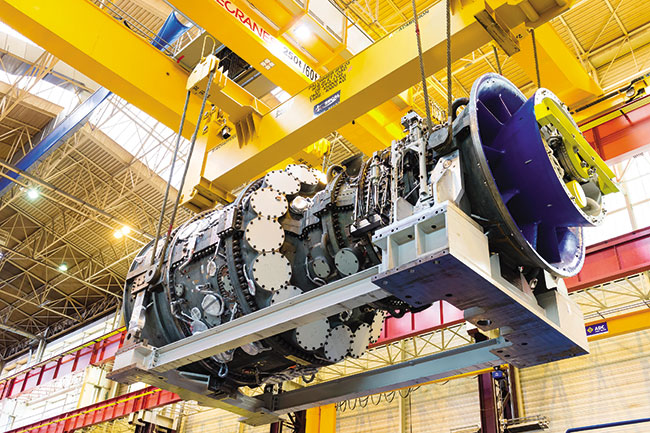
As one of the fastest growing economies in Southeast Asia, Vietnam’s energy demands are also on the rise and the need for reliable energy sources and efficient technologies is paramount |
The need for economical and environmentally-friendly power
In recent years, power consumption in Vietnam has risen steadily, fuelling socio-economic development. The country’s stable economy is expected to grow more than 5 per cent year-over-year through 2020, driving the growth of electricity demand to approximately 360 billion kWh in 2020 against an expected figure of 210 billion kWh in 2015.
To implement the National Master Plan VII for power development for the 2011-2020 period with a vision to 2030, the Vietnamese government estimates that the total investment required for the power sector is approximately $48.8 billion up to 2020 and approximately $75 billion in the period from 2021 to 2030. The National Green Growth Strategy for the period 2011-2020 with a vision to 2050 also dictates that Vietnam will aim to reduce greenhouse gas emissions by 8-10 per cent compared to 2010 levels, and reduce energy consumption per gross domestic product (GDP) unit by 1.0-1.5 per cent per year. If development is to provide positive economic growth and meet the needs of a growing population, it will also require a strong commitment to efficiency.
Coal power currently provides approximately 30 per cent of the world’s energy, and remains the main input for many investors in the Vietnamese energy industry. While coal is still a big part of the energy mix, the abundance of gas fuel, including natural gas (NG) and liquefied natural gas (LNG), is leading to an increase in gas-fired power plants, even though fuel costs can amount to 70 per cent of operational expenditures. Innovative technologies must therefore be adopted to increase the efficiency of power generation and help ensure competitiveness. Coupled with a strategic generation mix, this will help ensure both a sustainable and affordable cost of electricity (COE) for end-users.
It is expected that gas generation will constitute 30 per cent of global grid capacity additions over the next 10 years. Continuing their strong track record where gas capacity demand will be highest, General Electric (GE) has introduced the 9HA gas turbine – the world’s largest, most efficient, and with the most flexibility in its class. This highly efficient gas turbine combined-cycle power plant provides reliable generation with low COE, a reduced environmental footprint, and improved flexibility, which is a desired solution for the growing energy demand in Vietnam.
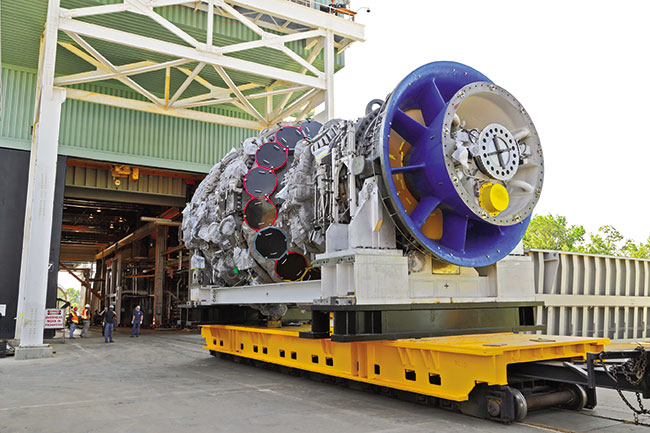
GE believes that the HA technology is transforming the industry |
A high-efficiency solution for gas-fired power generation
H-class gas turbines that can support the benchmark plant efficiency of 60 per cent or more, were first introduced by GE more than 10 years ago. Since then, the company’s H-class gas turbines have achieved more than 230,000 hours of operation. Today, GE’s world-class HA technology has received 17 orders and 64 technical selections worldwide in 12 countries, including the US, UK, Brazil, France, Russia, Germany, Turkey, Egypt, Argentina, Japan, South Korea, and Pakistan.
In January 2015, GE’s air-cooled 9HA gas turbine, for 50Hz regions successfully completed three months of comprehensive validation testing at GE’s unique “full speed, full load” test stand in Greenville, South Carolina, USA. As published in Gas Turbine World, GE offers the world’s most efficient gas turbine with an efficiency index above 61 per cent.
The stand-alone 9HA.01 with output at 397 megawatts and 9HA.02 at 510MW are currently the industry leaders among H-class gas turbine offerings. The one-on-one single shaft combined cycle plant with 9HA.01 and 9HA.02 provides efficiency of more than 61.5 per cent (at ISO conditions) and can deliver 592MW and 755MW output respectively. 755MW is the equivalent power needed to supply more than 2.5 million Vietnamese homes. Thanks to their simplified air-cooled architecture, advanced materials, and proven reliability, these high density gas turbines enable the most cost-effective conversion of fuel to electricity to help operators meet increasingly dynamic power demands. In addition, they reduce CO2 emissions and lower operational and maintenance costs, resulting in cost savings, lower electricity tariffs for consumers and a reduced environmental footprint.
“HA technology has proven that it is ready to help meet the growing global need for cleaner, more efficient, larger blocks of power,” said Ramesh Singaram, president of Power Generation, Asia Pacific, GE Power and Water. “Simply put, HA technology is transforming the industry. GE is investing $2 billion in this high-efficiency technology and customers worldwide are realising that our investment can pay off for them and the people they serve by delivering more cost-effective power.”
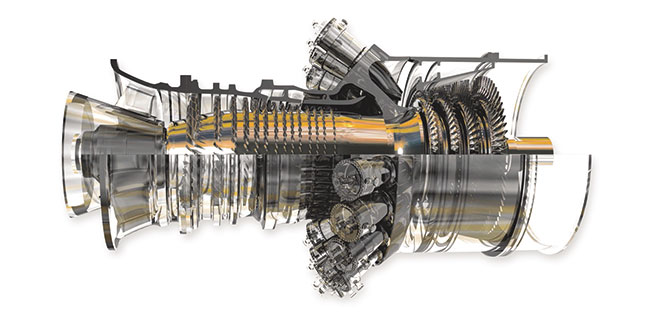
The H-Class turbine far exceeds the F-class turbine in terms of energy efficiency and cost-effectiveness |
Cost-benefit analysis
A case study can illustrate the advantages and benefits that an HA gas turbine power plant could bring to investors.
Let’s assume that the investor is going to build a 750MW - 800MW combined cycle power plant. The first option uses two F-class gas turbines, 2x1 combined cycle (CC) 9F, providing ~800MW output (“F-class”), and the second option uses one H-class gas turbine, 1x1 CC 9HA.02, with an output of ~750MW (“HA”). The purpose is to evaluate the plants’ economic efficiency during their 25-year lifetime, with the gas price at $8.2 per million British Thermal Units (MMBTU), the operating capacity factor at 68.5 per cent (6000h/year), the escalation rate of fuel cost at 3 per cent/year and discount rate at 10 per cent. Site condition is assumed at 30Deg C and 80 per cent humidity for the estimation of plant performance. This data is subsequently used in an economic model to evaluate each option.
With a reduction in the number of gas turbines from 2 to 1, heat recovery steam generator from 2 to 1, generators from 3 to 1, plus a significantly reduced amount of balance of plant equipment, the land use of the F-class plant (from 4-6 hectares) is only about 50 per cent of the HA plant. Furthermore, an additional $15 million is saved due to the 4-month (about 12.5 per cent of the time needed for the F-class plant) reduction in construction time as well as a reduction in cost and variability through modularised, pre-assembled parts and by pre-commissioned accessories.
The net efficiency of the HA plant is more than 61.5 per cent (LHV-Lower Heating Value), which is 3 per cent points higher than that of the F-class plant at 58.5 per cent (LHV). This is equivalent to a 5.13 per cent improvement over the estimated efficiency of the F-class plant. With gas price at $8.2/MMBTU, each 1 per cent (LHV) plant efficiency is worth more than $25 million.
Thanks to higher efficiency, the fuel consumption of the HA plant is significantly less than for the F-class plant, and thus leads to a reduction in fuel cost of 10.8 per cent, equivalent to $27.6 million per year.
Operation & Maintenance (O&M) costs vary depending on site specific conditions. The reduced amount of equipment and support system in HA plants results in O&M cost savings of about $6.8 million per year equivalent to 22.4 per cent less costs than in the F-class plant.
In this case study, the turnkey cost rate value is based on recent similar projects in Southeast Asia. The 2x1 CC 9F plant investment cost rate falls in range $600-700/kW. The 1x1 CC 9HA.02 plant investment cost rate falls in range $500-600/kW. Estimated turkey cost rate is 7.94 per cent lower for 1x1CC 9HA.02. A comprehensive comparison of key parameters between the HA plant and the F-class plant is shown in the Figure 1.
As a result of all these advantages, over a 25-year lifetime, the HA plant can reduce the COE by 6.6 per cent, equivalent to $0.0062/kWh (~VND136/kWh) less than using F-class technology. The HA plant will have the first year COE less than $0.075/kWh (~VND1,650/kWh) and the 25-year levelised COE less than $0.09/kWh (~VND1,980/kWh) – the USD/VND exchange rate is assumed at 22,000. Overall, HA gas turbines offer much higher efficiency and much lower COE, which are the most critical measurements of a power plant whenever it participates in a full competitive power market.
In this study, the HA plant will deliver more than $147 million (NPV-Net present value) as compared to the F-class plant, along with a lower capital investment. The lowering of COE with H technology by 6.6 per cent is significant not only for the consumer electricity rate reduction, but also for a higher return on investment for developers and generators.
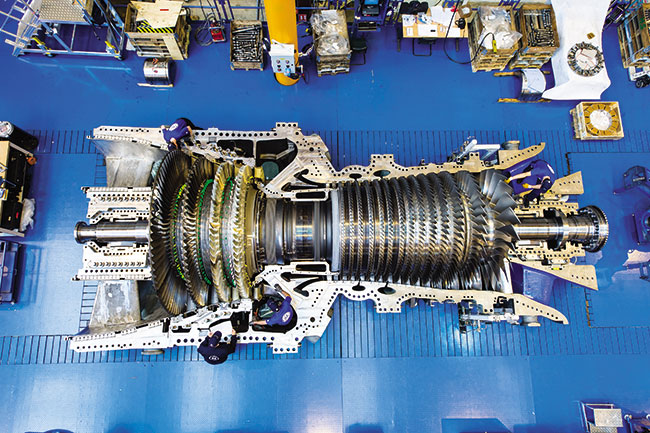
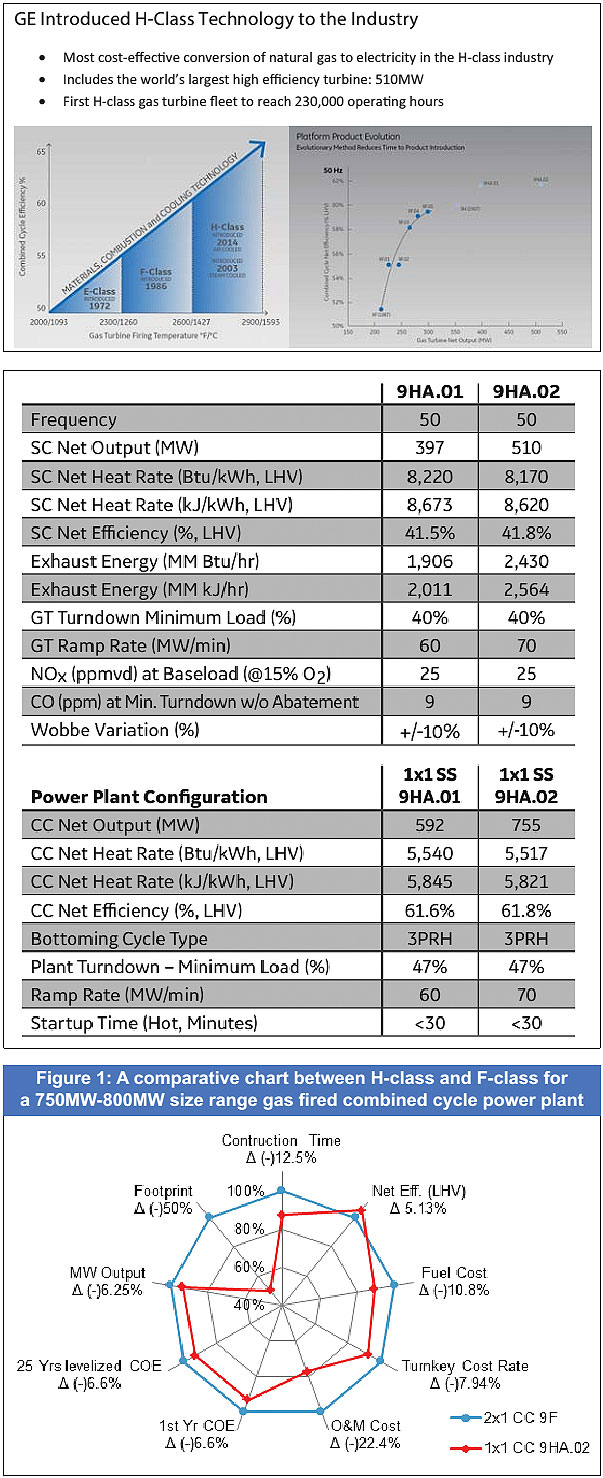
The choice of proving value efficiency
As mentioned, interest continues to grow worldwide for GE’s HA gas turbine technology with a total of 17 HA orders and 64 technical selections globally.
Vietnam, one of Southeast Asia’s most rapidly growing economies, is on the roadmap to boost the competitive wholesale power market, shifting it toward official operation in 2019. Competition among power plants in Vietnam can be seen coming down the line, potentially driving down the cost of electricity for end-users. H-class power plants can help improve the supply of “high-quality” power with a lower cost of electricity. The capital and fuel productivity of the 9HA gas turbine is unprecedented and presents a major opportunity for Vietnam’s future energy generation mix.
GE’s innovation and efforts in the power industry also help to support energy development in Vietnam, not only to help meet energy demand but also to lower environmental impact. The 9HA gas turbine is an effective solution that could change the future of energy generation in Vietnam. The world is changing fast and so is the technology. GE aims to lead the industry with a technology path to achieve a power plant efficiency level of ~65 per cent (LHV) in the future. GE’s HA technology is transforming the industry, with significant benefit to Vietnam in terms of delivering reliable, environmentally friendly, and low cost electricity.
What the stars mean:
★ Poor ★ ★ Promising ★★★ Good ★★★★ Very good ★★★★★ Exceptional
Latest News
More News
- Addressing Vietnam's energy challenges with aeroderivative gas turbines (February 28, 2023 | 09:33)
- How to sprint ahead in 2023’s worldwide energy priorities (February 08, 2023 | 13:55)
- Boosting Vietnam's grid stability through gas turbine technology (November 22, 2022 | 20:02)
- Healthcare trio collaborates to provide thousands of free breast scans (October 27, 2022 | 17:19)
- GE Healthcare's vision for AI-backed radiology (September 29, 2022 | 11:53)
- GE brand trio to shape the future of key industries (July 19, 2022 | 15:35)
- GE unveiling brand names and defining future (July 19, 2022 | 15:16)
- GE: the shortest route towards sustainability (July 18, 2022 | 08:00)
- Be proactive in an uncertain world (May 20, 2022 | 11:40)
- GE secures first 9HA combined cycle power plant order in Vietnam (May 16, 2022 | 17:06)



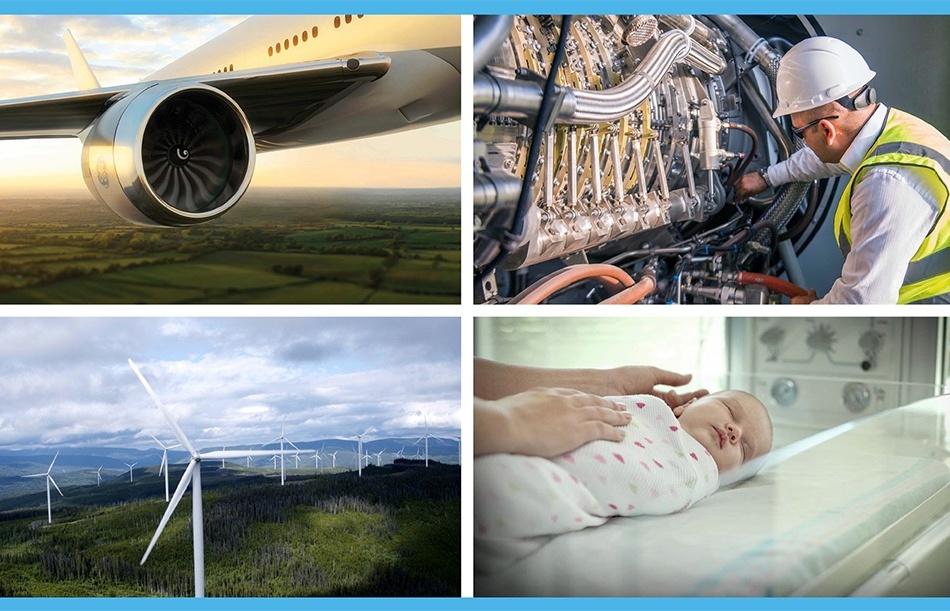

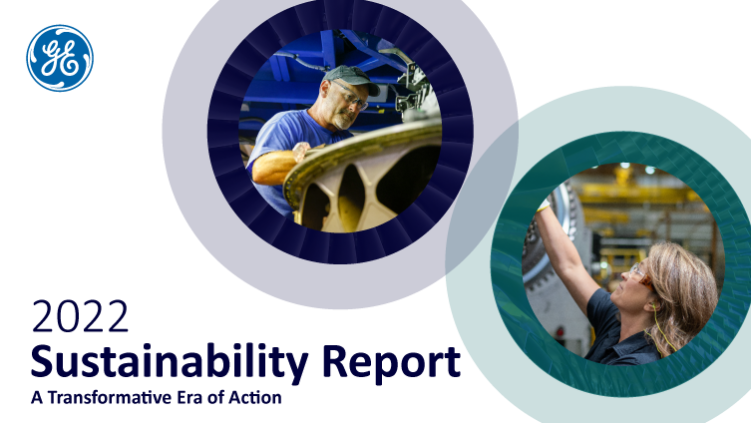
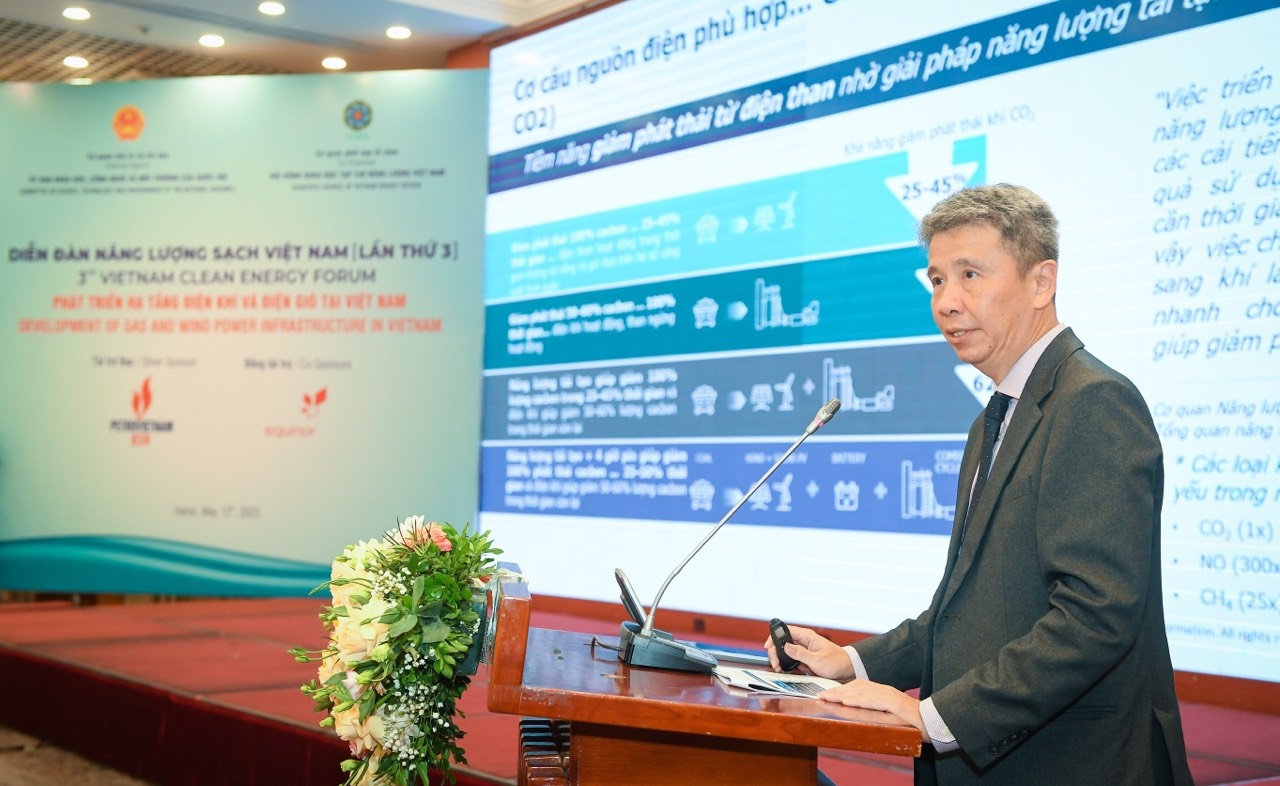
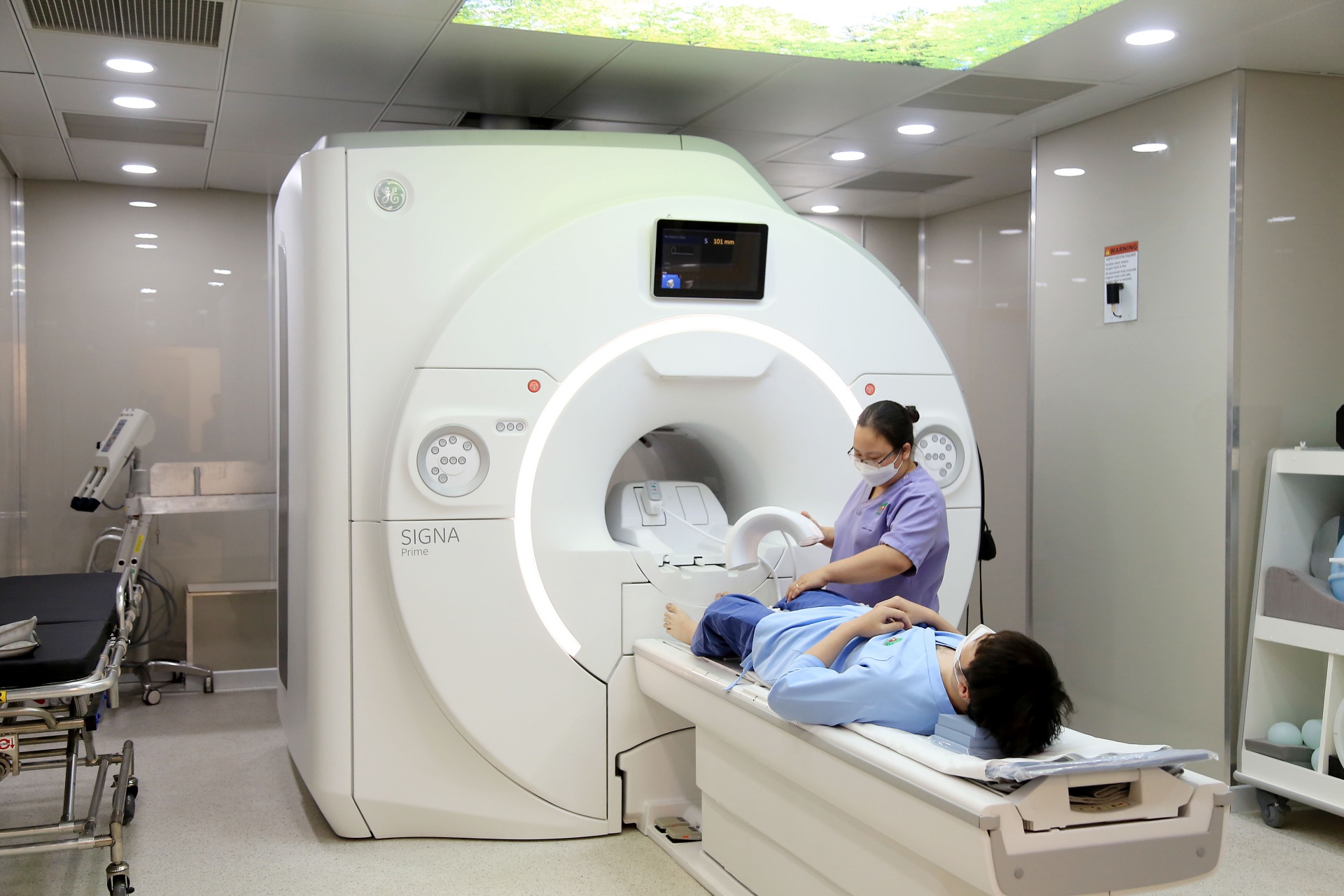
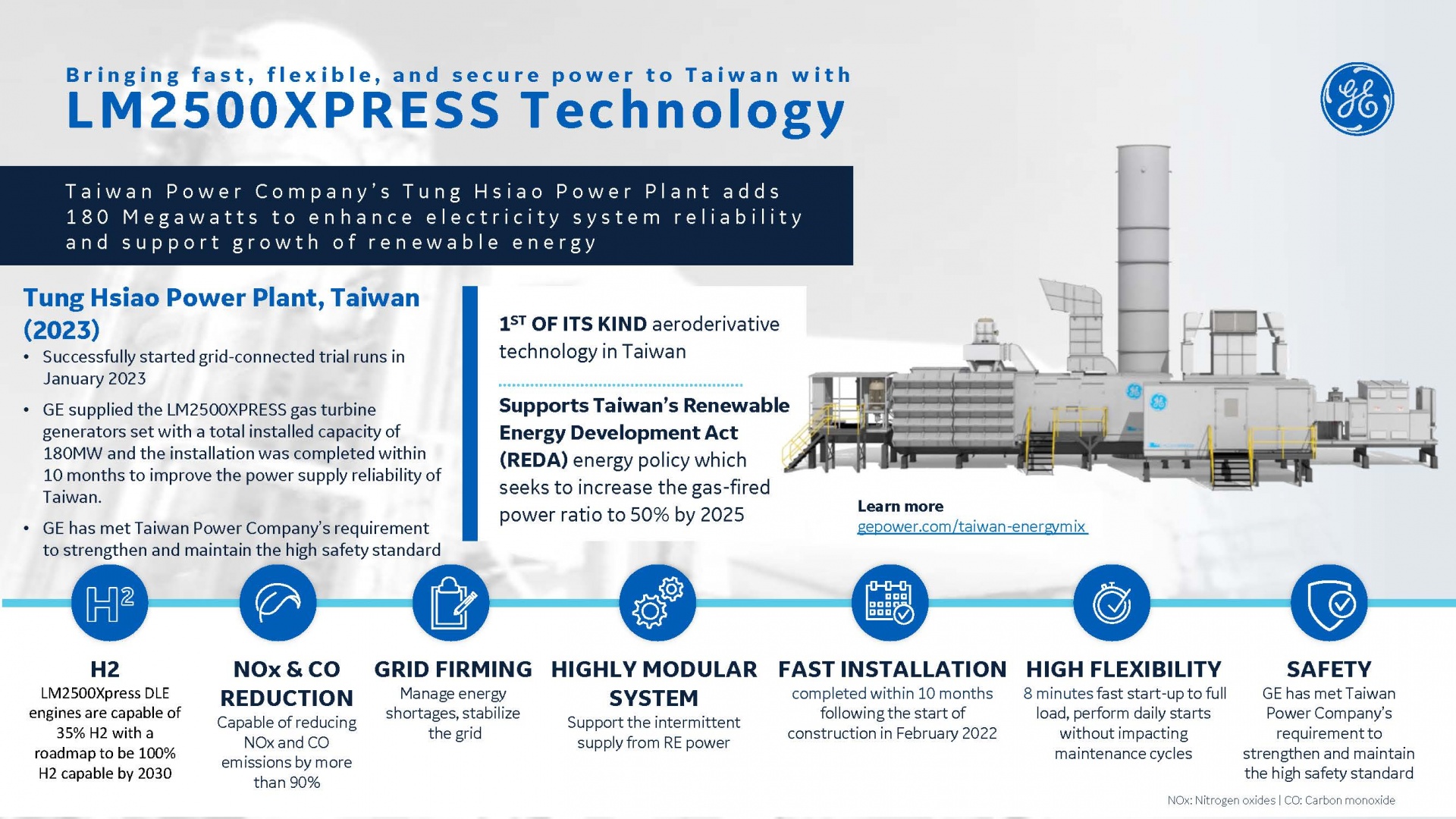



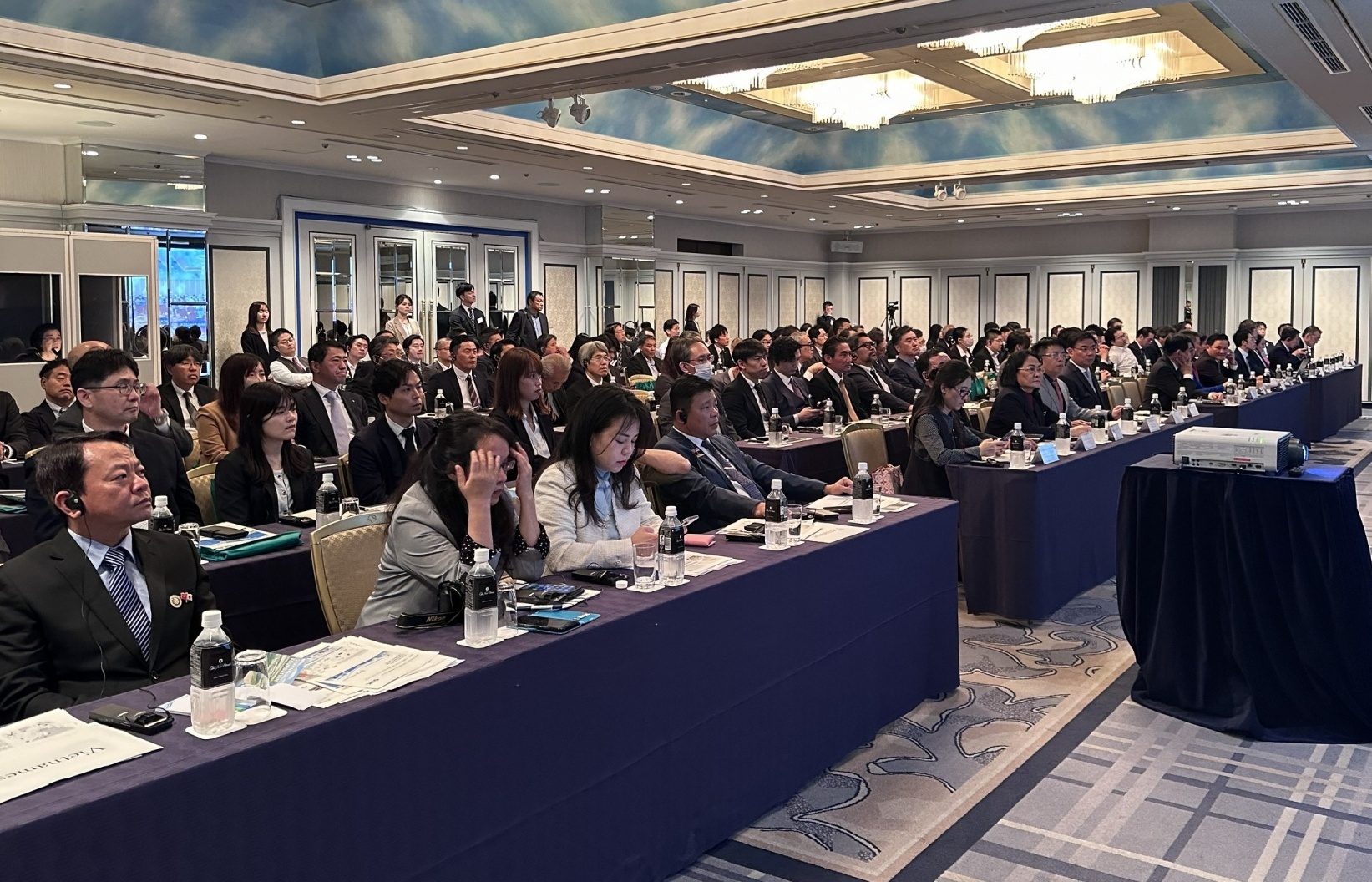
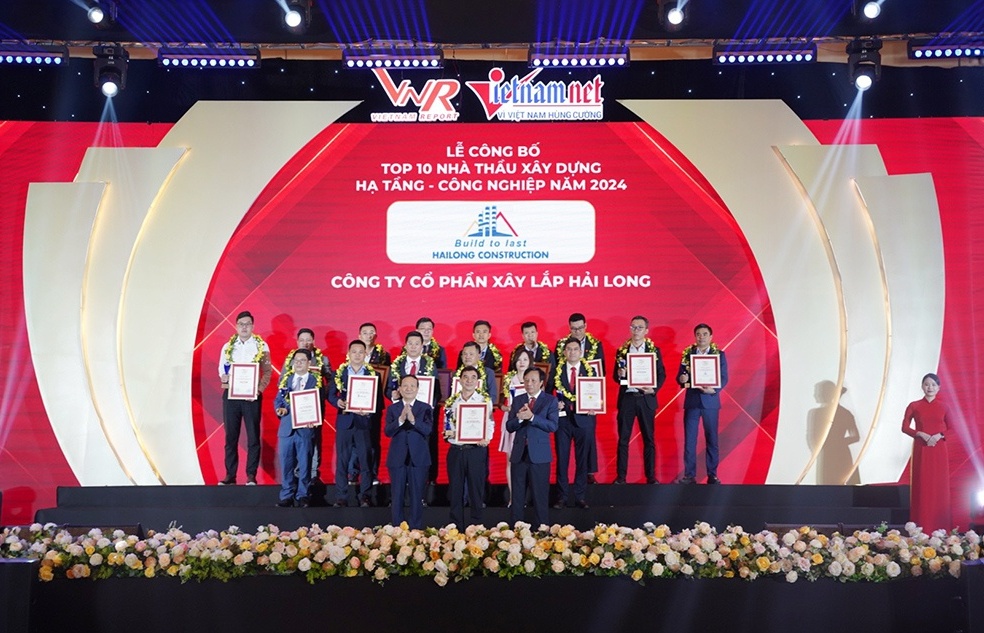
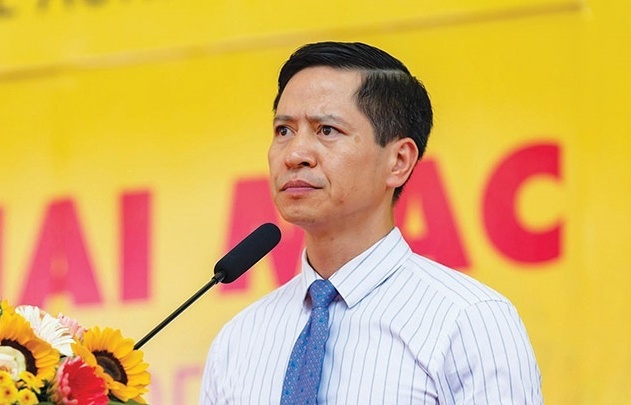



 Mobile Version
Mobile Version